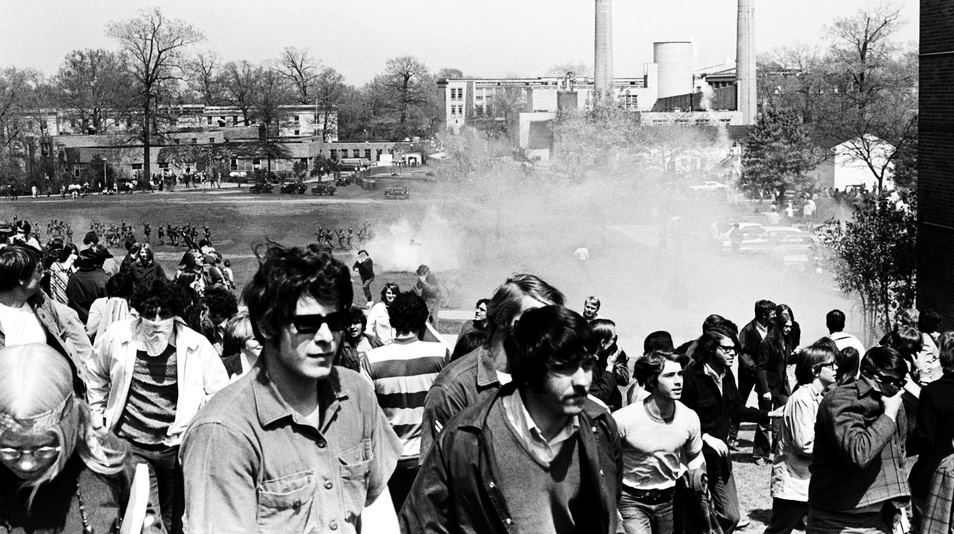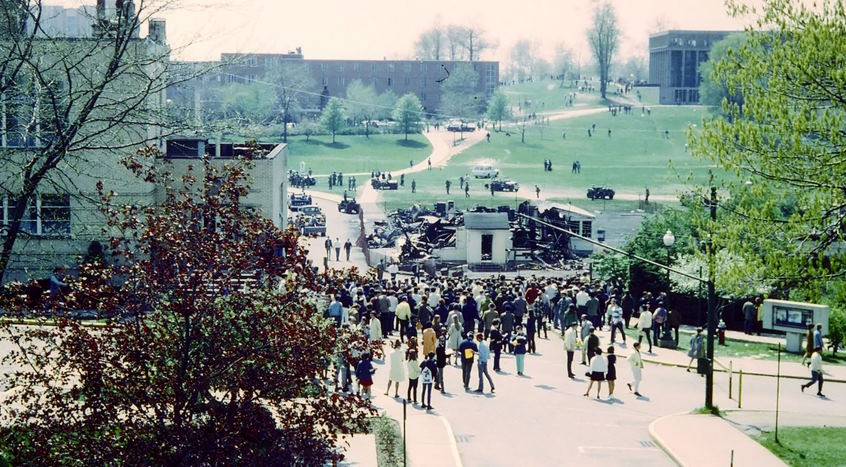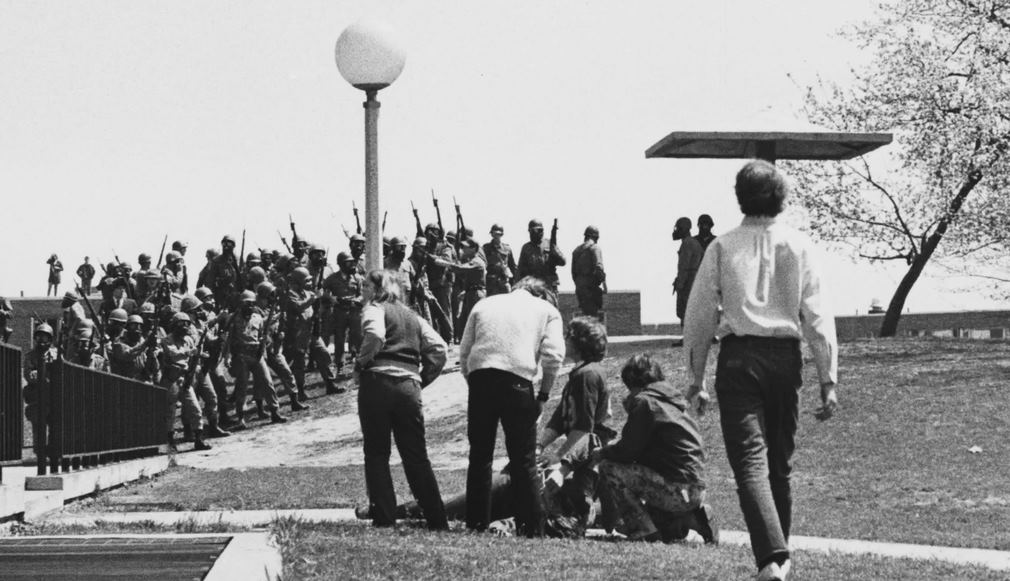
In a tragic turn of events at Kent State University, the campus became a battleground where the Ohio National Guard unleashed a storm of violence, claiming the lives of 4 young college students and leaving 9 others wounded. These shootings are also known as the Kent State massacre and the May 4 massacre. They took place on May 4, 1970. A student was killed for the first time in an anti-war gathering in the history of the United States. Many residents are remembering the May 4 tragedy: a dark day in American history and thinking about how to contribute a lot to protect everyone in the nation.

The main things about the Kent State Shootings
In the Kent State shootings, 28 National Guard soldiers participated. They fired about sixty-seven rounds over thirteen seconds and killed four students. Nine students suffered from severe wounds and one of these students suffered permanent paralysis. There were more than 300 students gathered to protest the Cambodian campaign expansion after President Richard Nixon had announced it in the April 30 TV address. Beginners to the historic events especially protests and violence: the buildup to the Kent state shootings can focus on the basis for these problems and make an informed decision to avoid the overall possibilities for this type of situation hereafter. College students worldwide were shocked soon after they heard about the Kent State Shootings at the peace rally conducted by students. They understood the importance of protecting themselves in every situation and increasing their self-defense activities.

Notable impacts of Kent State shootings on the anti-war movement
There are several impacts on civil rights activism and the anti-war movement after the Kent State Shootings. Researchers of the Vietnam War do not fail to research the most significant aspects of the Kent state shootings: impact on the anti-war movement and civil rights activism in detail. They concentrate on and double-check every aspect of the impacts of the Kent State Shootings on the lives of college students. Guardsmen testified that they fired as they feared for their lives. The overall distance between them and the students wounded or killed is one of the most common questions in the minds of almost everyone who researches this shooting. The protesters charged them and advanced on them badly in a threatening manner. Many guardsmen fired as they heard others fire and assumed an order to fire in the air received by all guardsmen.


